Stephen Hawking Center – Perimeter Institute for Theoretical Physics
Teeple Architects were tasked with the design for the Stephen Hawking Center located at the Perimeter Institute for Theoretical Physics in Waterloo, Canada.
The Stephen Hawking Centre at the Perimeter Institute for Theoretical Physics (PI) is a major expansion of the world-renowned existing research facility in Waterloo and an innovative response to the needs of this unique client. As the world’s largest research hub for theoretical physics, PI is a pivotal facility for Canada that enables cutting-edge research, trains the next generation of scientific pioneers, and shares the power of physics through award-winning education outreach. The Centre doubles the size of the facility, supporting an expansion and broadening of PI’s programs.
Tasked by PI’s Director, Dr. Neil Turok, with providing “the optimal environment for the human mind to conceive of the universe,” the design is a three-dimensional expression of PI’s multidisciplinary ethos, in which creative interaction and discovery are born out of the collision between the once disparate disciplines of physics. The design strategy focused on an idea of “organized collision”: fostering collaboration by artfully combining dynamic physical and visual interconnectivity with a variety of ideal work environments – from quiet spaces for private contemplation and mathematical calculations, to blackboard nooks in circulation space, comfortable dedicated interaction areas, and formal presentation rooms equipped with the latest audiovisual and IT infrastructure to support and promote relationships with research colleagues around the world.
Coupling three central research pods with a multi-story circulation spine, the daily experience of the expansion is animated by collaborative discourse. Through manipulation of the building section, the isolation associated with traditional floor plates is broken down and scientists are naturally encouraged to see and meet each other along their daily paths of movement. Interaction areas as half levels are visible directly from the building’s entry sequence, creating a strong sense of research in action. A key design decision was to relocate the social nucleus of the building – the café – from its former location on the 4th floor to the ground level as part of the entry sequence, facilitating both planned and spontaneous encounters.
A key imperative was that the expansion respect and complement the original award-winning PI building, and that the new spaces and the existing building function as a singular whole. This challenge was complicated by a constrained site and adjacent flood plain. The resulting design solution cantilevers over an existing reflecting pool, such that the expansion occupies virtually no additional footprint. The expansion carefully wraps around a portion of the existing facility, leaving the purity of its form intact, connects to it on all four levels, and forms a new entrance sequence that more directly addresses the city. While the expansion matches the material palette of the original, its expression is its own. As a counterpoint to discreet cubes of research, new research pods are gathered within a continuous zinc surround, symbolizing the mission of the new facility: to enhance creativity through interaction.
The LEED Silver certified design couples a high performance envelope with sophisticated dual mode ventilation, natural ventilation via the building’s circulation spine, energy efficient variable refrigerant flow and living roofs, to achieve excellent operational efficiency.
Architect: Teeple Architects
Project Team: Stephen Teeple, Chris Radigan, Bernard Jin, Myles Craig, Will Elsworthy
Contractor: Ball Construction Ltd.
Photography: Scott Norsworthy



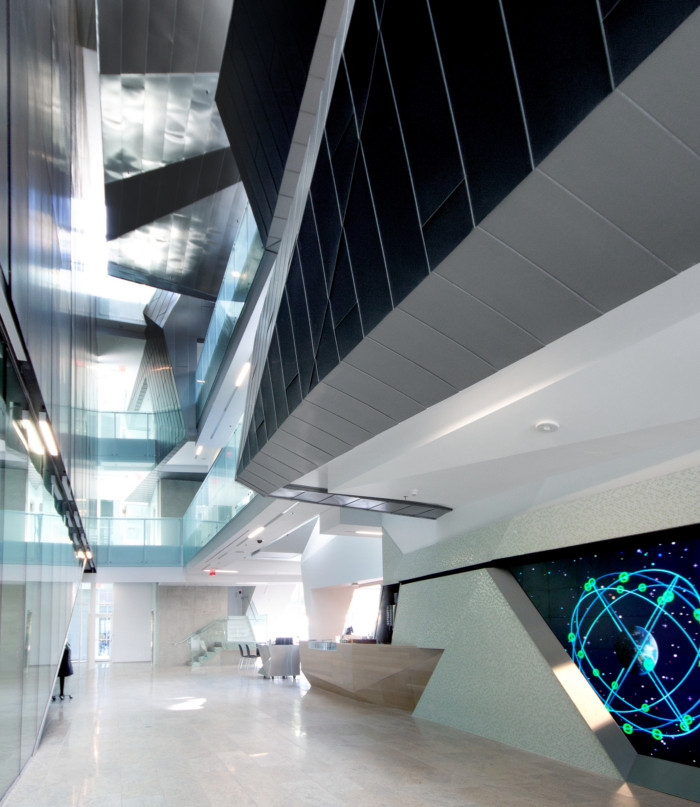
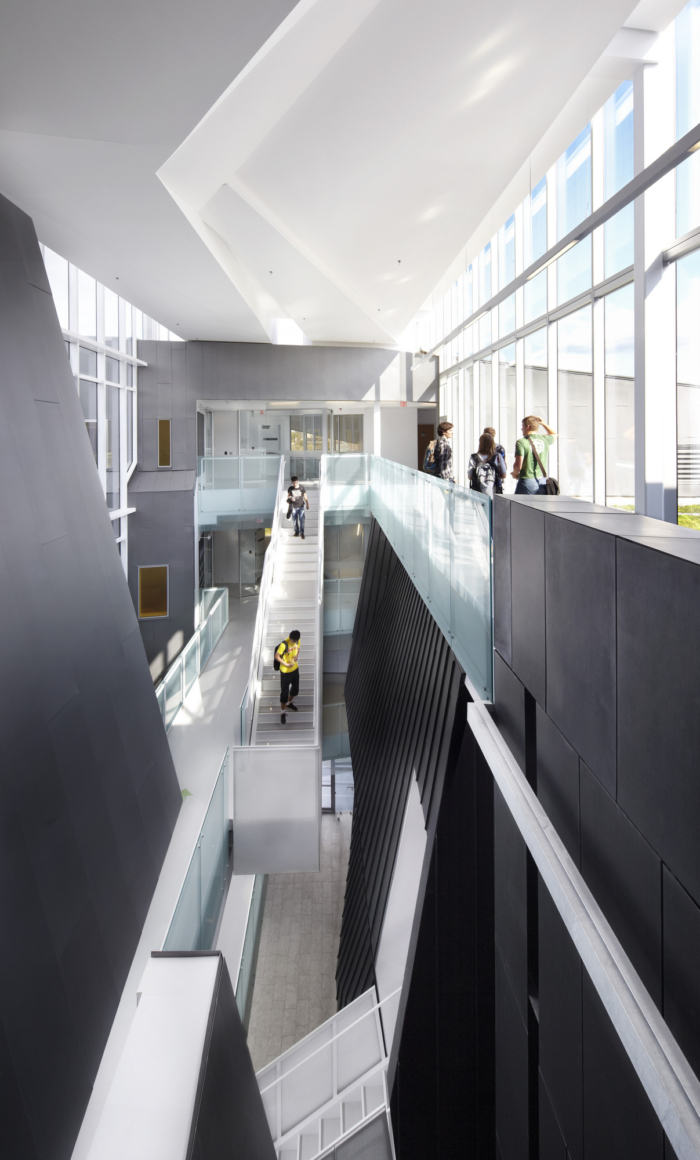
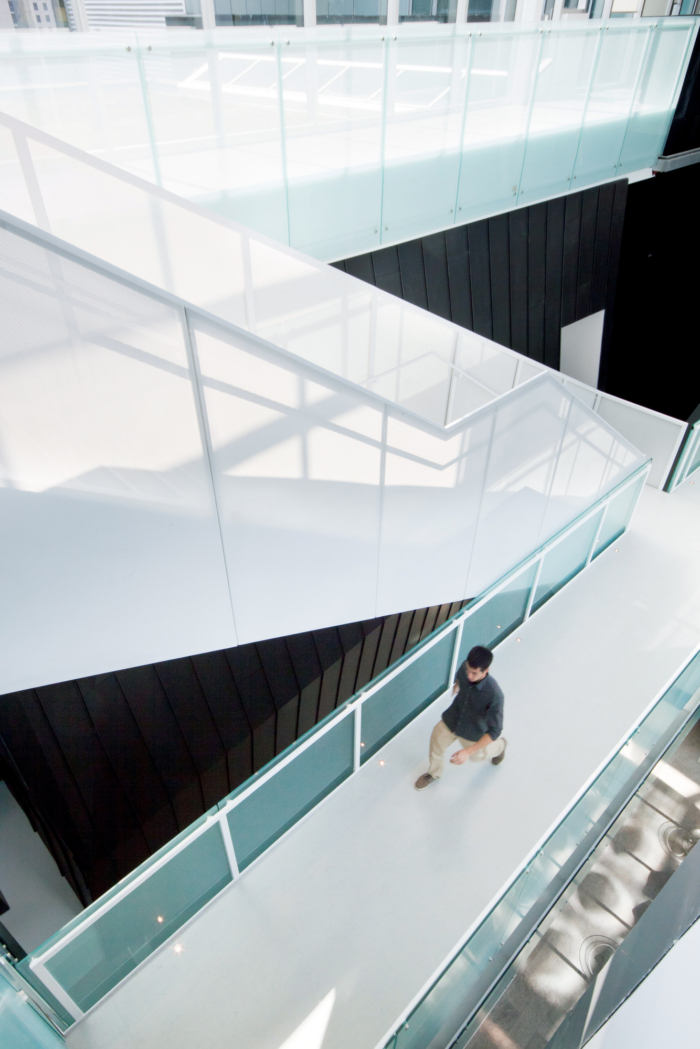
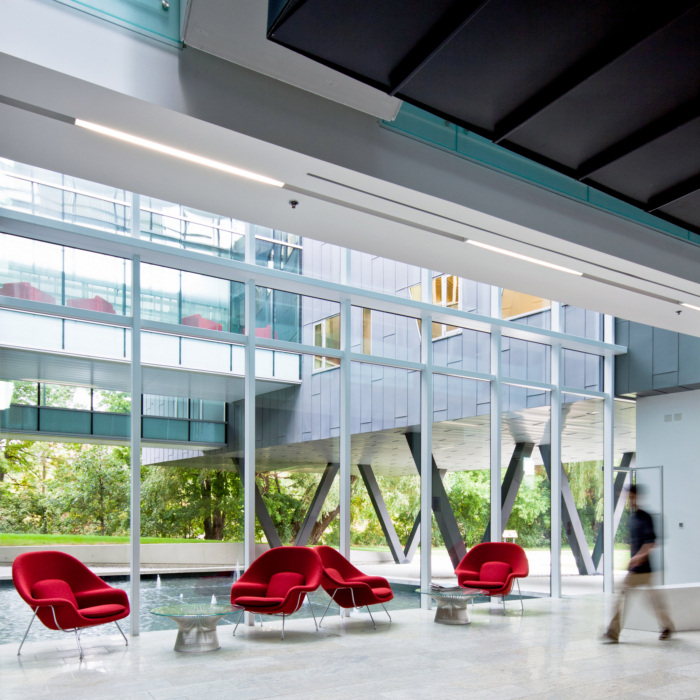

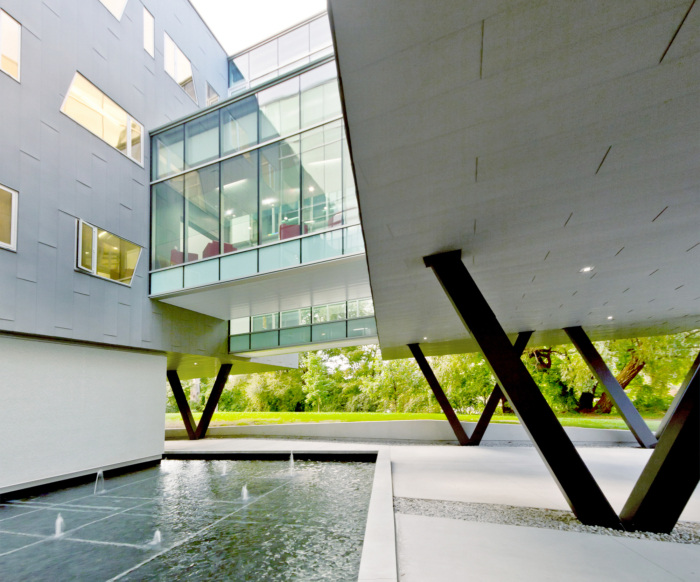
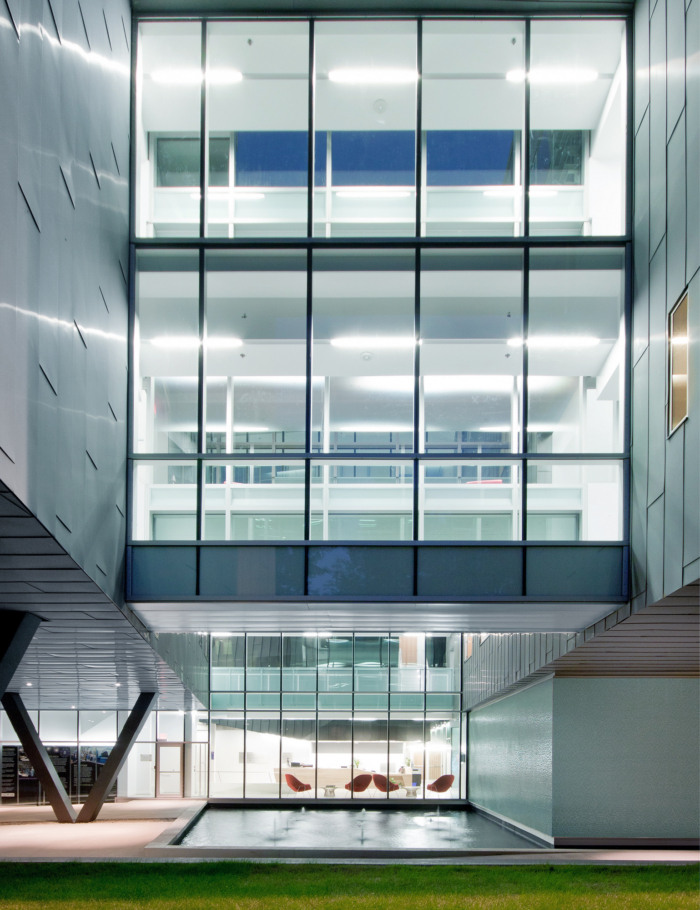
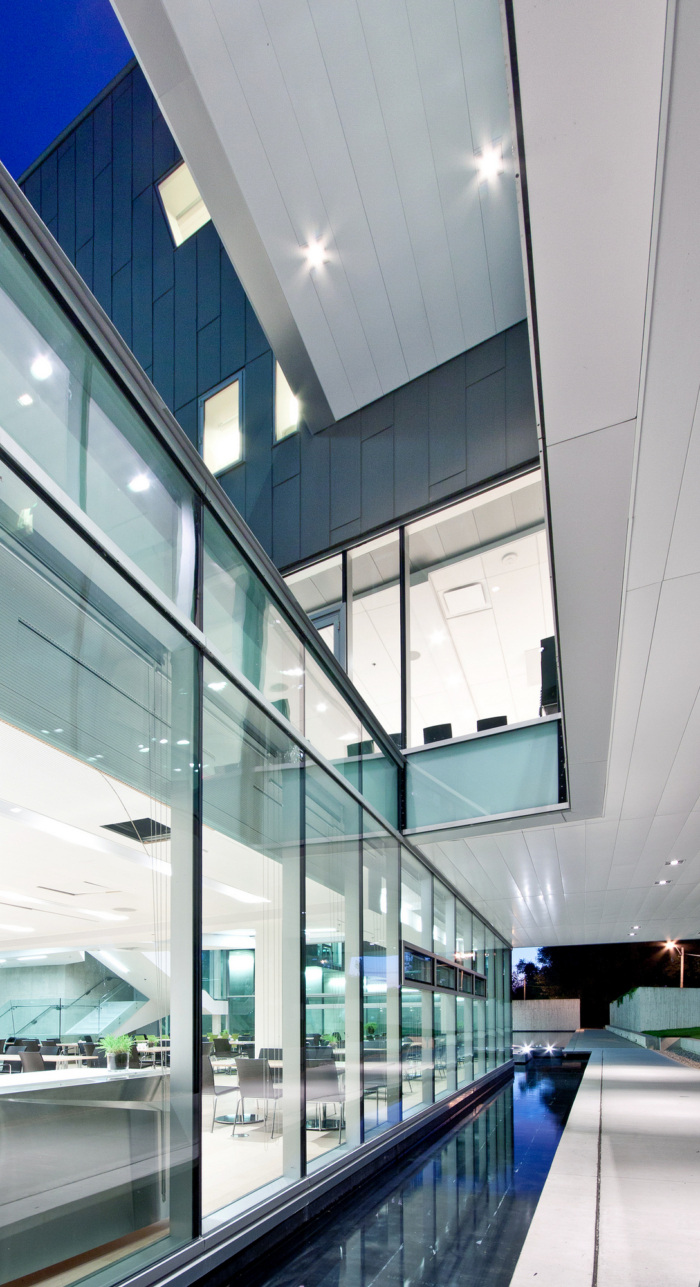
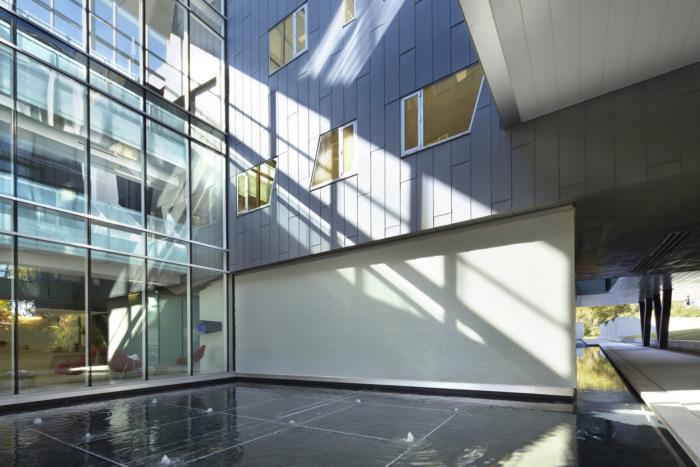
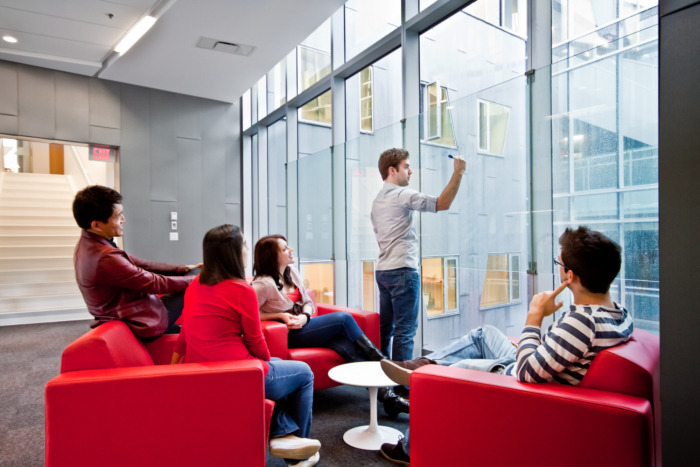
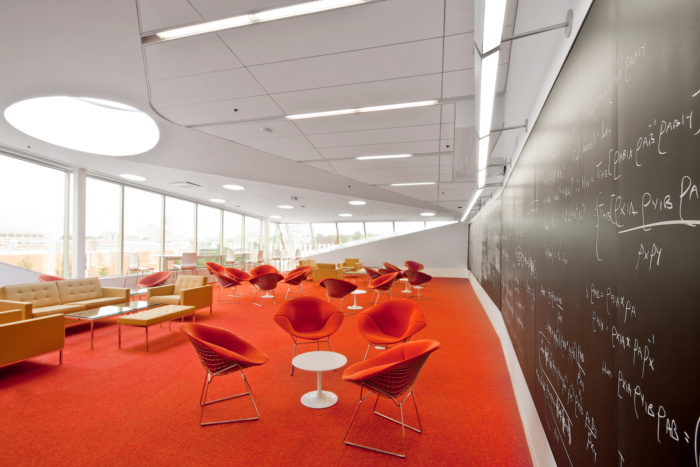
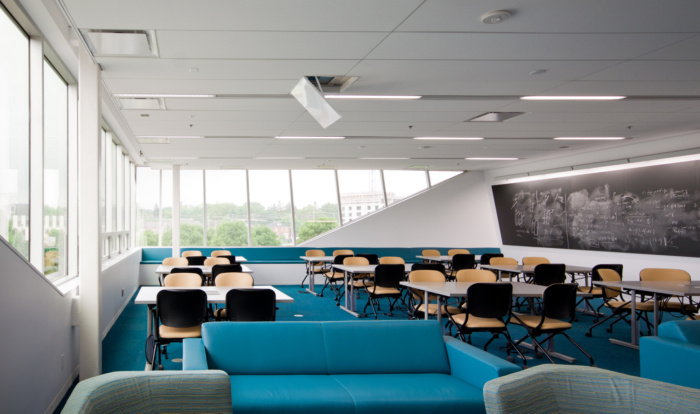

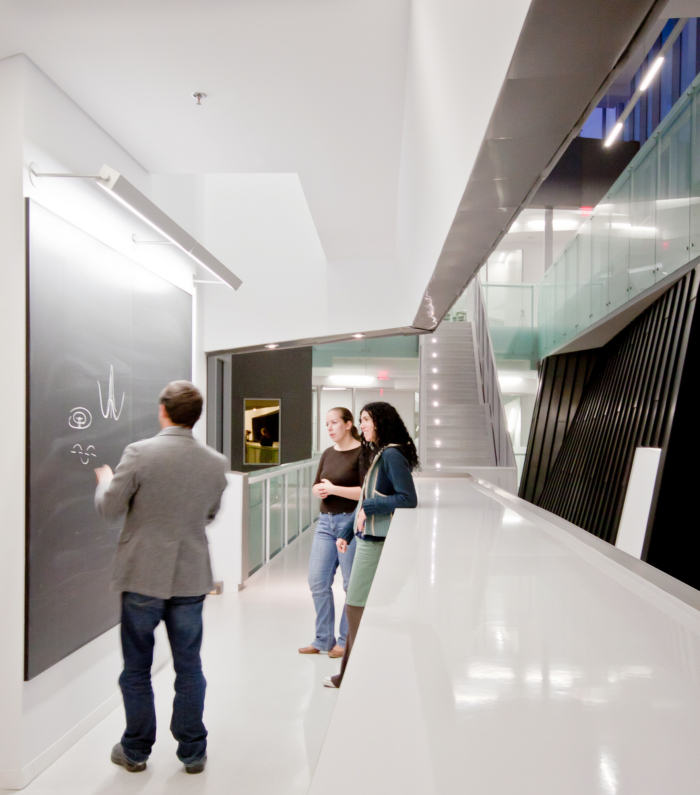
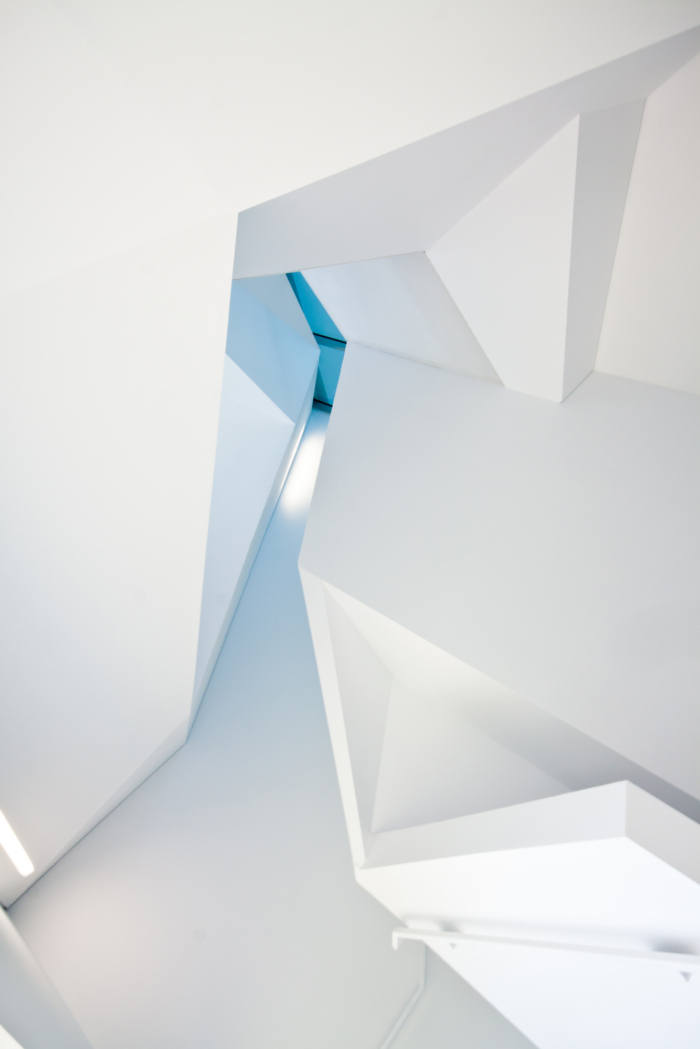
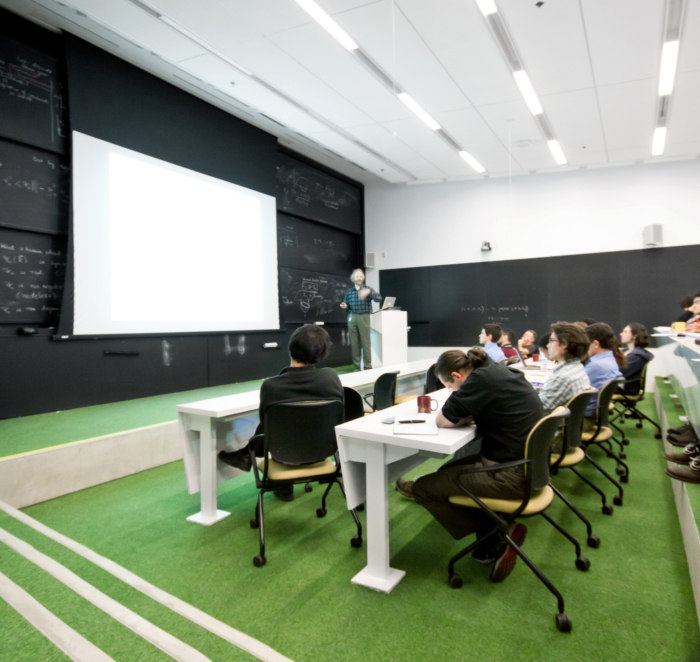

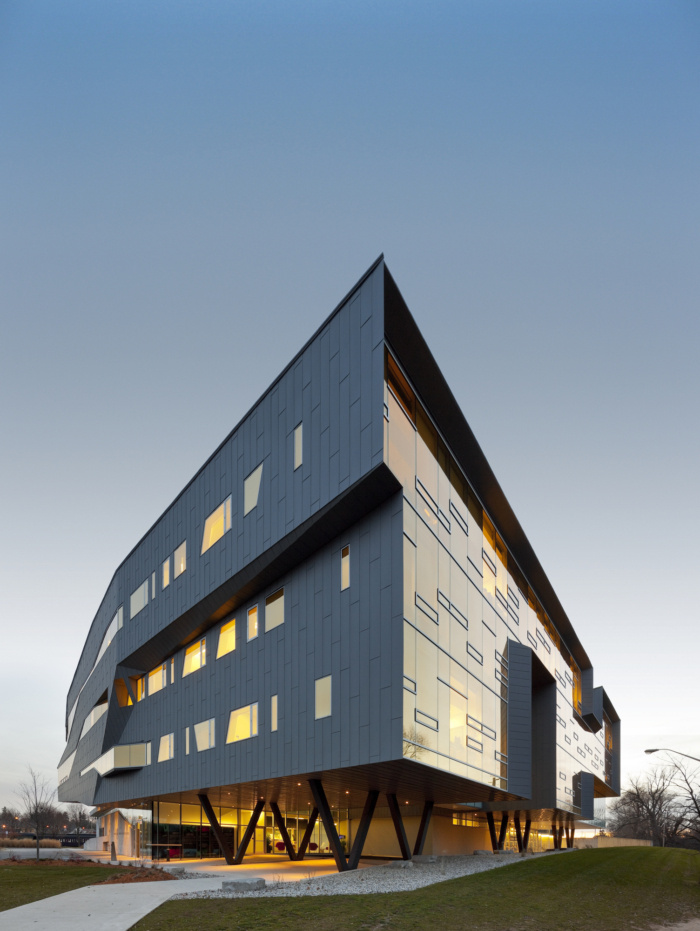
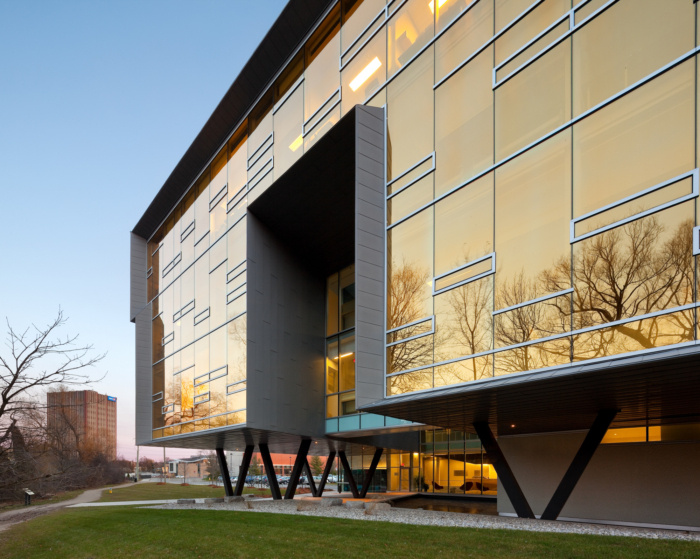
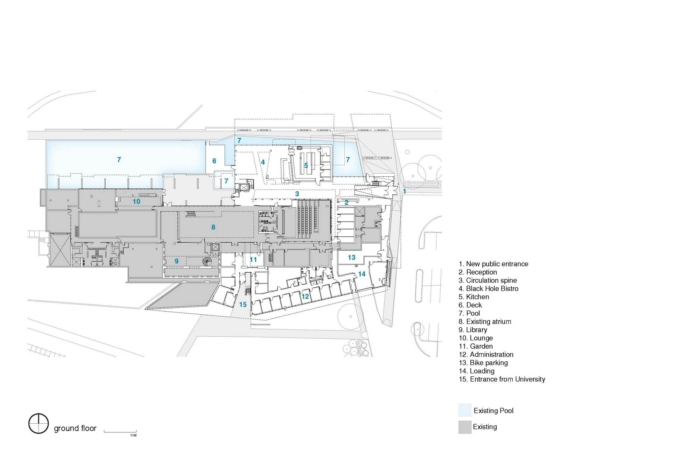
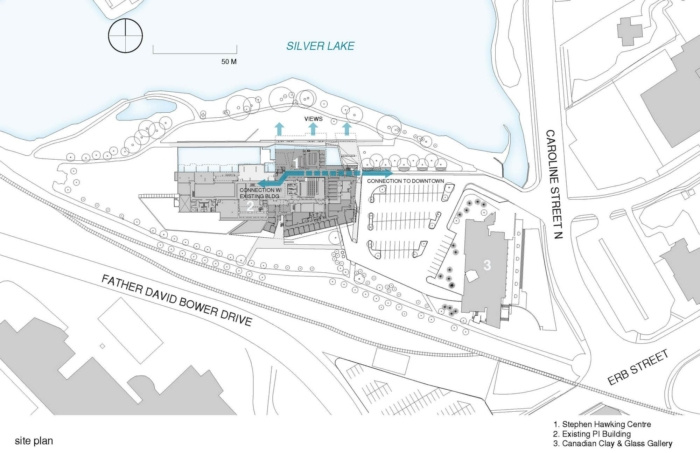

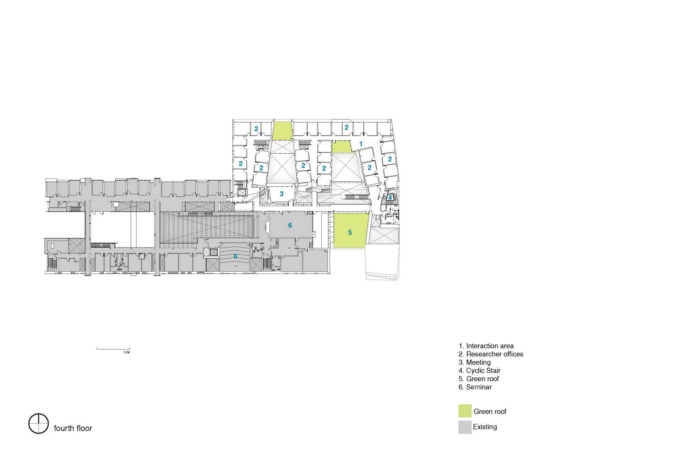
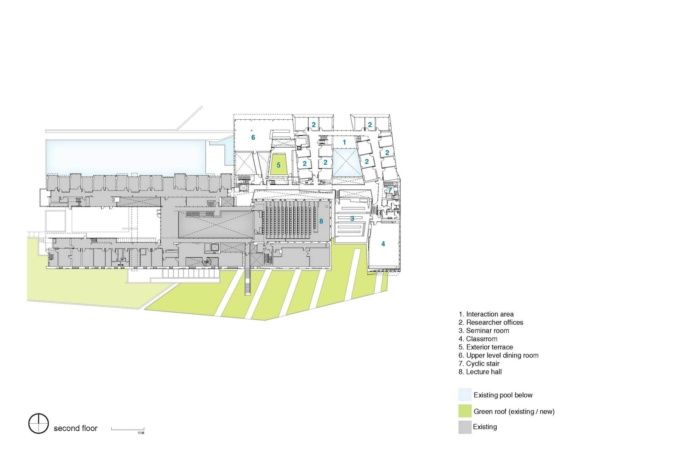
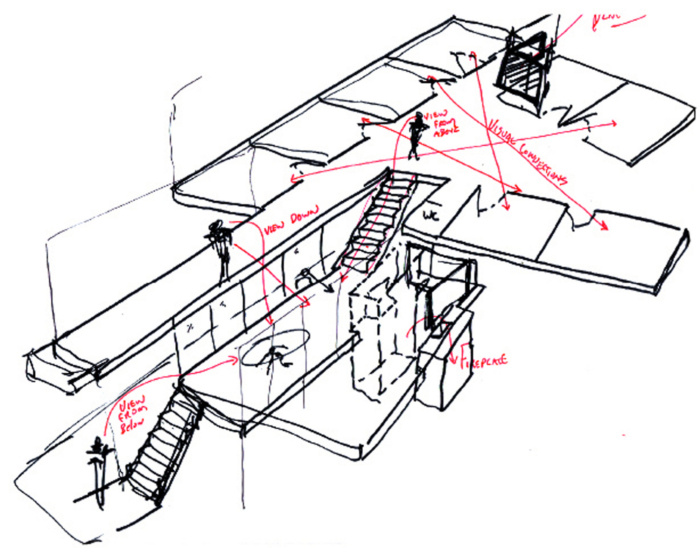




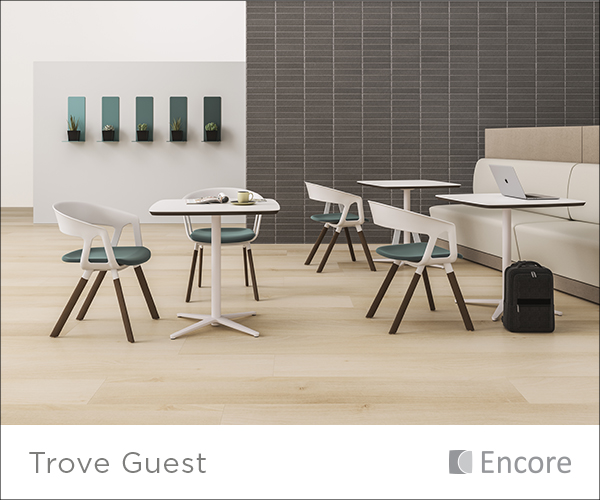






Now editing content for LinkedIn.